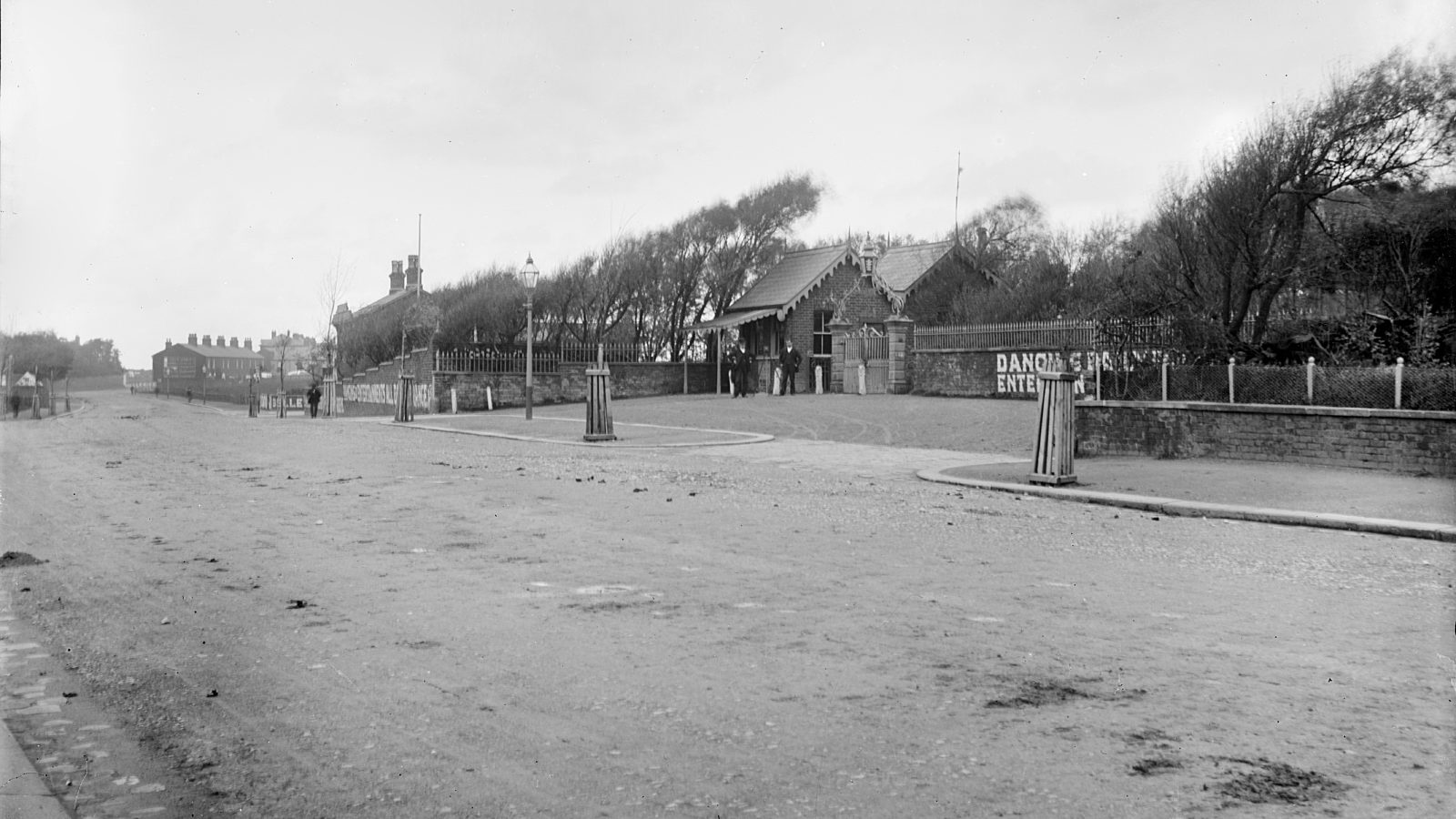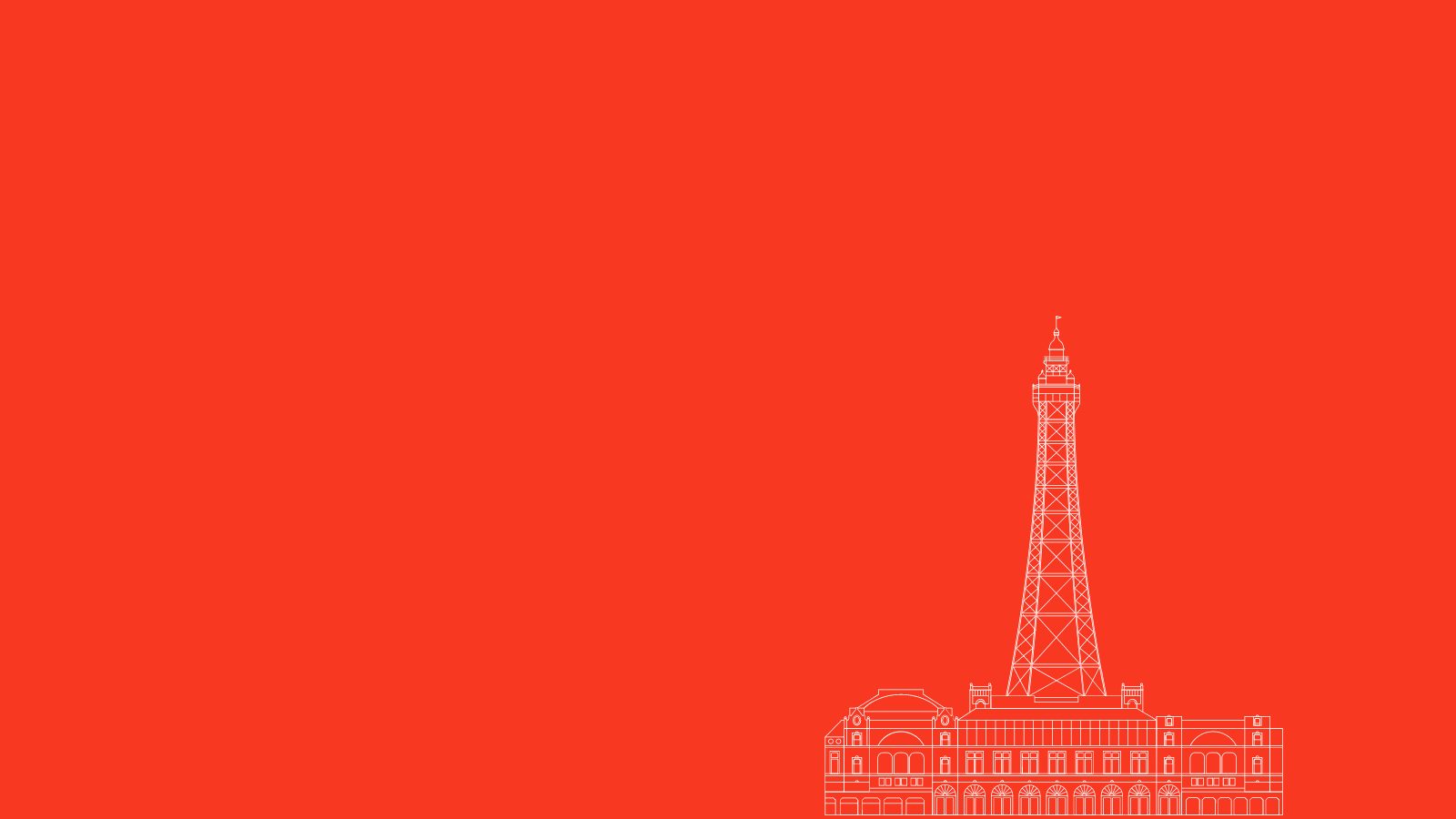By Stella Siddall

John Hodgson was born in Little Bispham in 1821, the son of a yeoman farmer. While he grew up to be to an a typical Victorian gentleman, he was born in the reign of George IV, lived through the reign of William IV and would be 16 years of age at Victoria’s coronation. He died during the reign of Edward VII.
John worked alongside his father at the family farm until his mid-20s, until he had his own farm of seventeen acres, also in Bispham. In 1851 he married Mary Ann Ainsworth of Blackburn, but tragedy soon followed as their first child George died just a few months old. The couple then had three daughters, Clementine, Betsy and Mary Ann and another George, but this boy sadly died at 4 years of age.
John was an honest man, very upright and moral. A non-conformist and a liberal. He would have been looked up to and esteemed but not, I feel, greatly loved. John worked hard and expected others to do the same – it was reported he could be found in the gardens at dawn, along with his wife and children.
By 1855 he had taken over running The Number 3 pub and made great improvements on the strawberry gardens and bowling green, becoming very successful. However, by 1860 he had fallen out with the owner. As a result, he took umbrage and when land became available further up the lane, he purchased one and a half acres and began to build a rival hotel and pleasure gardens of his own. At this time Whitegate was Blackpool’s countryside with around seventeen farms, The No 3, The Saddle and around three houses.
This venture was really the start of John’s fortunes. He began building his hotel and worked on the gardens, which was always his first love. He was a farmer’s son through and through and was at his happiest on the land. To celebrate its opening in 1863, John hosted a dinner at The Number 3 for 40 guests. He dared to advertise his property as the new Number 3 and Strawberry Gardens. Shortly afterwards it became The Albert.
John’s health took a turn for the worst, no doubt from all the trials and excessive work he had put in to complete the gardens. A landlord ran The Albert rather than John himself, but he did carry on with the gardens, making an orchard and planting strawberries. There was a family house with ten rooms built behind The Albert and John’s family lived there until the 1880s. He also built a row of cottages nearby. Some he rented, but one he saved for Hopping Billy, a gardener and at one time his handy man. There were also stables for his horses, and carriages to bring people to his strawberry gardens.
Soon John’s gardens prospered and became a great attraction. When more adjoining land became available, he bought it and with nearly seven acres, he created tea rooms, a willow walk, croquet lawns and bowling greens. There were nurseries, hot houses, a maze, a lake, an orchard, a music hall and a dancing platform that held two thousand people and a succession of bands that would play all day. He started with a quadrille band and progressed over the years to the Blackpool brass and finally his own Belle Vue band. Then, just as his new music hall was due to open, it was set on fire in 1870. John was in the midst of a twenty year feud with the landlady of The Albert, Sarah Hawkes and it was her son, Richard Hawkes who was accused of the crime and taken to court. But at Lancaster Crown Court the case was thrown out due to too much circumstantial evidence. And to really rub salt in John’s wounds, Richard sailed back to Blackpool and was met at the pier by his friends who carried him on their shoulders round the town in triumph. John’s reactions can only be guessed at.
John, however was a fighter and within six months he placed an advert stating the grand reopening of the hall so maliciously burned down in May, and the cottage recently vacated by the landlady of The Albert, had been incorporated back into the Belle Vue Gardens. Mrs Hawkes had the last laugh however, as she ended up running The No 3 and became John’s main rival for some time.
What followed was a very prosperous few years, until Raikes Hall opened. John had to fight to get a spirit licence to compete with Raikes Hall and booked the most amazing circus and vaudeville acts to his music hall. Every year he found something new to coax people to come to his celebrated gardens. By 1874 he was manufacturing gas on the premises so the gardens could be illuminated by lamps every evening at dusk.
In 1875, John brought William Cooper and his family up from London. William was a firework maker and a display was programmed for three times a week. The headline of artists performing were second to none, all for the princely sum of 4 pence.
John must have found competition from Raikes Hall very hard and put the gardens up for auction twice. Unfortunately, it did not make the reserve and he kept control until the late 1880s when it was bought by a brewery. He did, however put in a manager.
John then retired with Mary Ann to Birch Villa on Bloomfield Road. What was possibly the strangest and saddest thing was after his wife died and his villa was purchased for the new railway bridge, John, now in his 80s, came back to Whitegate and took residence in his house at Strawberry Bank within sight of the Belle Vue. Every day he must have watched the gardens being destroyed, Newcastle Avenue being driven right across the strawberry gardens and his orchard and the rest pulled down to build houses. It makes you wonder how he could have borne it.
John was 86 when he died, leaving substantial sums of money to local churches, the hospital and dispensary. The rest of his fortune was split between his three daughters and his grandchildren. It was noted what an upright and retiring gentleman he was. At his funeral, when the cortege left Strawberry Bank for All Hallows, bringing up the rear was his basket phaeton pulled by his faithful horse, Jimmy and sitting beside the driver on a cushion was his pet dog, Bessie.
